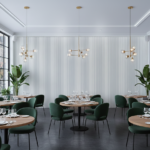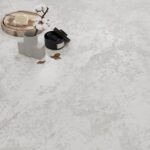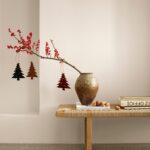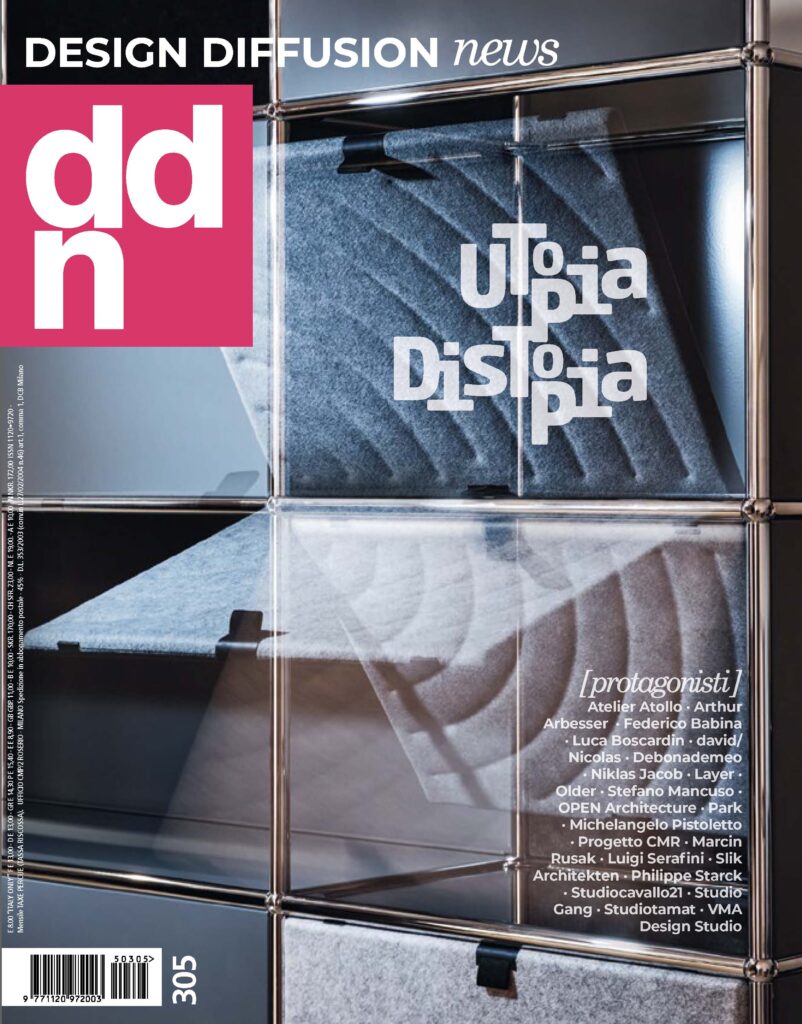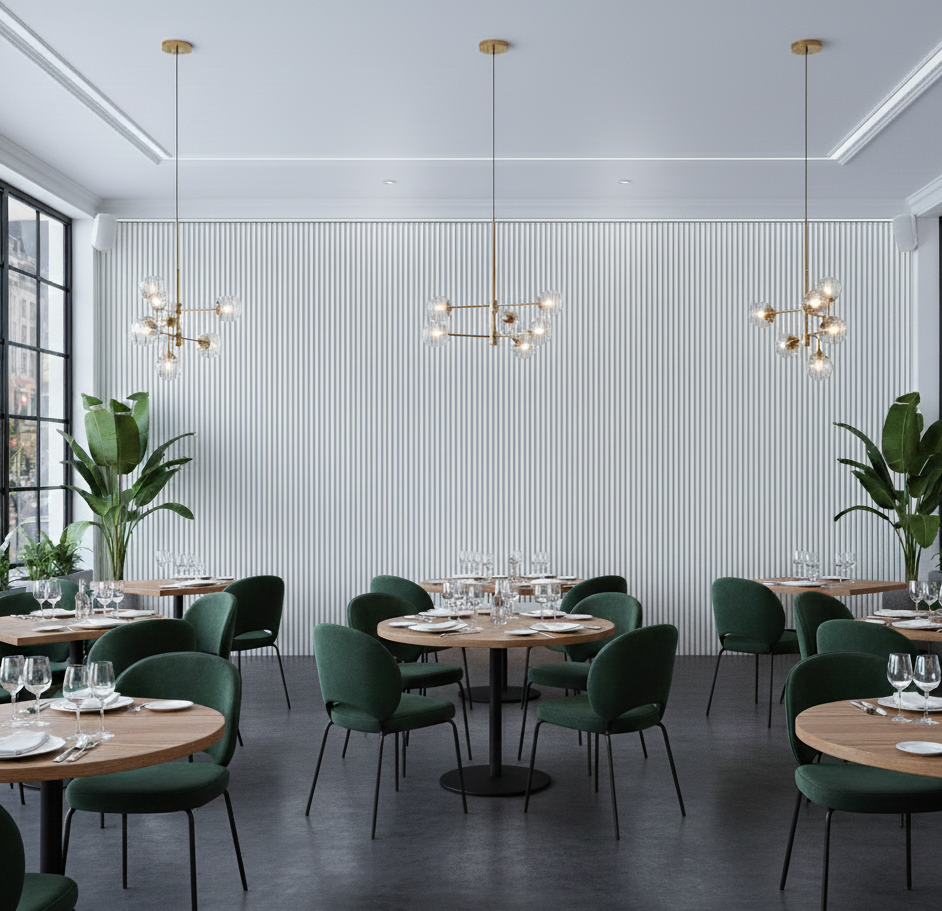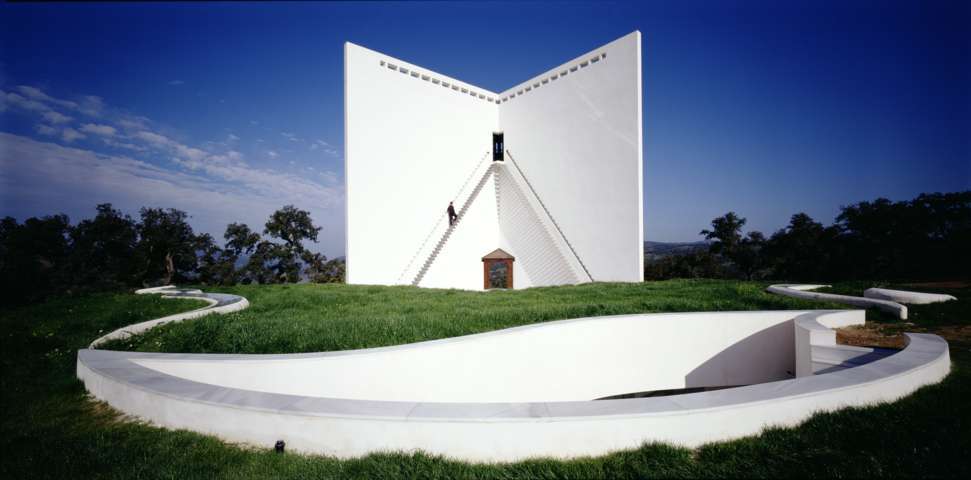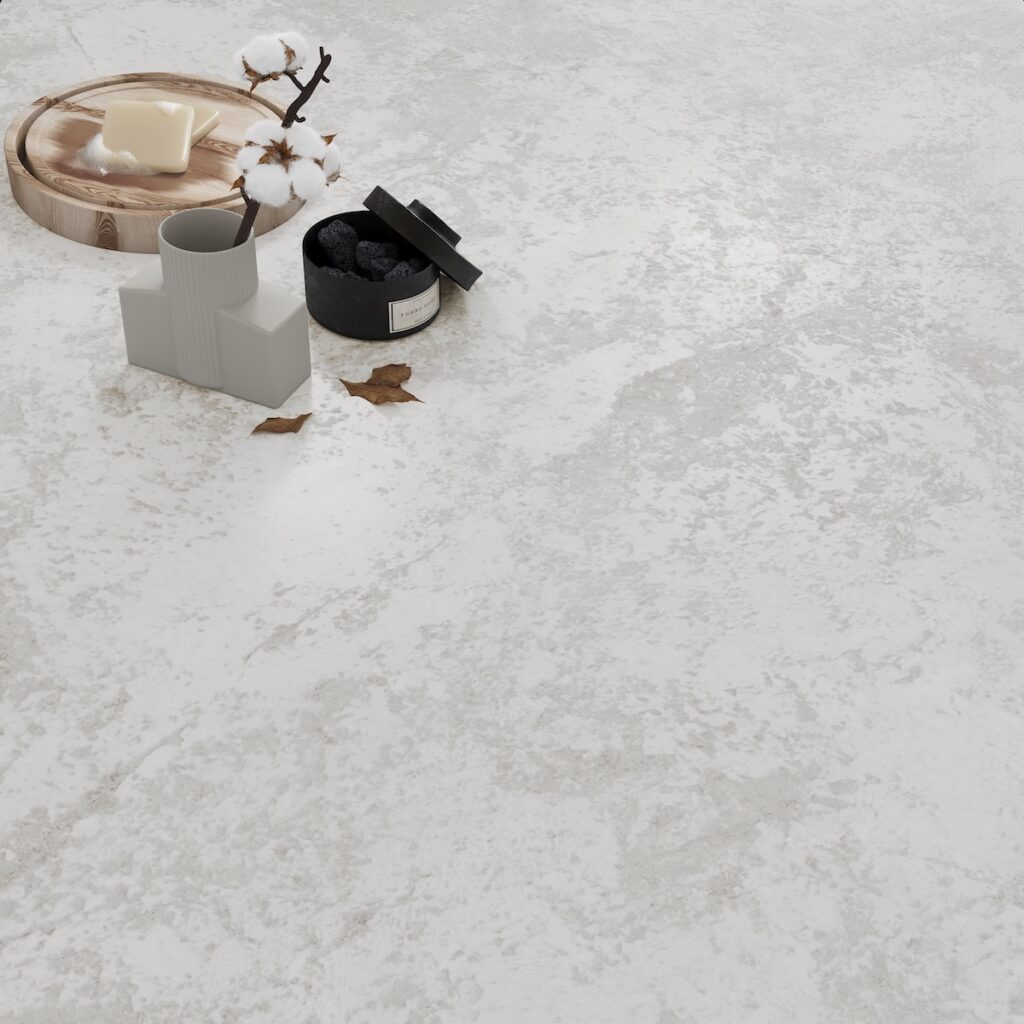Santiago Sevillano has a multifaceted background. He comes from a family of craftsmen in the furniture industry and studied engineering and architecture. The result is broad expertise in product design, completed over several years of activity. Today, his studio in Valencia is active in all design fields, from furniture to lighting and tableware. Besides, the studio works on brand design, from logos to graphics, to exhibition design. We talked with him about state of the art in product design, and how the sanitary emergency could further change our routines.
How is the furniture design situation currently?
We are certainly in a time of significant change and evolution. The health emergency has caused an earthquake in the world, and it is not easy to predict what will happen. Some changes were already underway, but now there has been a real jolt in catering and hospitality sectors, for example. However, if we look at what happened in recent years, many things already changed, even in our own homes. Nowadays, having a good Wi-Fi connection in the house is more important than lighting. Television used to be the center of the living room and evening life, today we have everything on a tablet, and one can even watch tv on the tablet or the phone. Even the night courtesy light can be replaced with the torch on your smartphone. This fusion leads to objects with dual function, such as lamps that also work as fans, or tables that serve as supports or seats. Design has to deal with these changes and adapt, perhaps even quickly.
Read also the interview to Francesco Favaretto: new design in China

Do these changes also affect the process of product development?
Many factors affect the development time of a product. All the elements just mentioned undoubtedly play a role in defining the dynamics of design, marketing, and sales. But there are also other elements to consider. For example, in the mass-market segment, everything is very fast, especially since China arrived on the international markets, with its disruptive production capacity and, today, with excellent manufacturing quality. In the lower end of the market, there are no companies that invest two years of work on a product. The typical development path of a product requires three months for the project, and another three months to develop marketing and sales. It is quite evident that, with these design and development times, it is quite rare for a product to become a best-seller, in the long run, the speed of consumption dominates this market segment.

In the high-end market, instead, you can still have time to do research. The firms carry out more extensive and detailed market research, invest in materials, and the results are more rational products, certainly more expensive, but above all, long-lasting. And durability becomes the crux of the matter: if a product lasts little, it costs little for the customer’s wallet, but a lot for the environment and the community. A product that lasts a long time, on the other hand, has a higher selling price, but a lower environmental cost in the long term. And this is the necessary paradigm shift.

Restart from the environment
We need to start looking at the environment as an essential part of the project phase. Circular economy is not just a figure of speech, it’s an approach to the project that everyone should have. It’s necessary to begin having a broader vision, which considers all the aspects of the production of a new object or artifact. For example: how much energy it’s necessary for the first production and how much energy recycling requires. If you need too much power to recycle, maybe you should rethink the product, because it is not really ecological. Waste disposal is an environmental problem closely related to the environmental process, and when designing, you need to think about the durability of a product. A product that costs a lot but lasts 20 years, in the end, it costs less. Of course, it requires a more significant initial investment from everyone. From the company, which needs to invest in research, and from the end customer, who needs more money to buy it. But now we must all become aware that respecting the environment is a collective process in which we must all take part.
Read also the interview to Francesco Favaretto: new design in China

How is the relationship between product and communication in times of social media?
The rise of social networks has undoubtedly led to major changes in communication, which affect the development of the project. People have the perception that everything is fast and immediate, so a buyer sees something and wants it immediately. Given these conditions, it’s quite challenging to convey the message that a good product needs time. Moreover, it’s also possible that the financial crisis caused by the sanitary emergency will further reduce the spending capacity of part of the population, so there will be a higher demand for low priced products. But it’s right at this moment that design, and designers, must take action. As already mentioned, designing a new object involves many aspects that must be taken into account, and eco-compatibility is now essential. After all, the new generations are already more sensitive to the subject. It’s now a matter of understanding in which direction we will move after the emergency, as we’ll be back to normal routine life.

Which are the next projects of Studio Santiago Sevillano?
Currently, we are working on many new products, indoor and outdoor furniture, and lighting. After several years of working a lot for the mass market, today I want to focus more on the high-end design, as it allows me to conduct more in-depth research. One of the most successful things that the internet brought us is the freedom to work around the world without traveling too much. These days, when moving around is complicated, this is undoubtedly an advantage, which allows us to plan future work. Looking at the future, we will see, as no one has the crystal ball to know how the world situation will evolve. [Txt Roberta Mutti]

